Advertisement
keratosis pilaris is a frequent skin disorder. It gives the skin little, coarse lumps. Usually appearing on the arms, legs, and occasionally the face, these lumps The disorder results from keratin, a protein found in skin, blocking hair follicles. Although genes mostly determine KP, some people think food can affect the state of affairs. While some meals aggravate KP, others ease the symptoms.
Although the link between diet and keratosis pilaris is unknown, skin health is becoming increasingly important. This article will look at how your diet could affect KP, including items that might aggravate flare-ups and those that might help. Knowing these relationships will help you make wise decisions to control your KP.
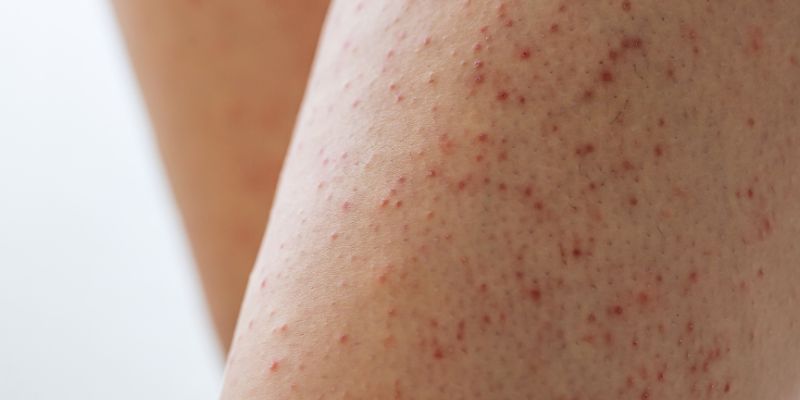
Though your diet might affect its severity, keratosis pilaris (KP) can feel like an inevitable skin issue. Although KP mostly relies on genes, your skin's response may vary depending on what you eat. A poor diet could aggravate symptoms; a balanced diet with anti-inflammatory qualities could help your skin look better. Some foods can increase or help to lower inflammation. Foods strong in dairy, processed carbs, and sugar, for example, might aggravate KP and cause flare-ups.
Conversely, a diet high in omega-3 fatty acids, vitamin A, and zinc could help calm the skin and lessen the look of KP. These nutrients support skin health through lower inflammation and enhanced skin cell turnover. Staying hydrated is also quite important for skin health, as it allows one to maintain moisture and avoid dryness that can make KP more obvious. Though further study is required, choosing a diet carefully might help control KP and promote better skin.
Skin disorders, including keratosis pilaris (KP), are sometimes associated with inflammation. Some foods can aggravate or cause inflammation, which would make KP more evident. These are some often occurring inflammatory foods:
Omega-3 fatty acids have clearly documented anti-inflammatory action. By lowering inflammation and encouraging better, smoother skin, including foods high in omega-3s in your diet may help ease keratosis pilaris symptoms. Great sources of omega-3s include these:
Maintaining good skin depends on vitamin A in great part. This method helps one of the primary reasons for keratosis pilaris (KP) blocked pores: skin cell turnover. Foods high in vitamin A include these:
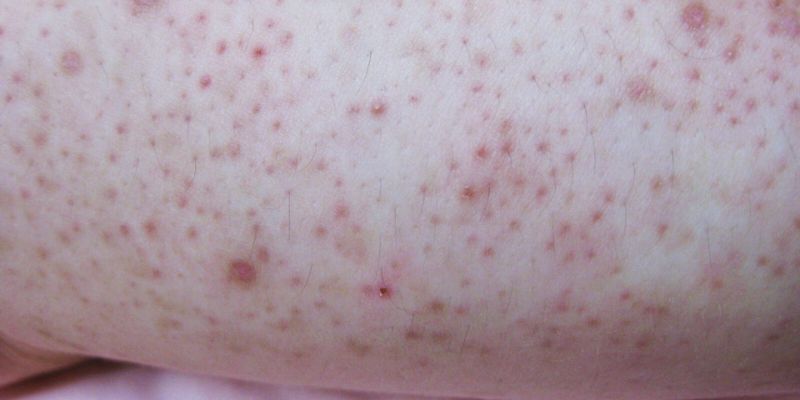
Some keratosis pilaris (KP) sufferers say their skin gets better on a gluten-free diet. For some people, gluten sensitivity can lead to inflammation, so cutting gluten intake might assist in lessening KP symptoms. That is so because some people may find gluten a trigger, and inflammation aggravates skin disorders. Eliminating gluten could help some people see less flare-ups and skin irritation.
However, there is little direct scientific data tying gluten to keratosis pilaris. Although anecdotal data point to advantages, additional study is required to link gluten to KP clearly. If you find that gluten aggravates your KP flare-ups, you may choose to exclude gluten from your diet for a few weeks to see any changes in your skin. Track how your skin responds to the dietary adjustment during this time. Before changing your diet significantly, you should see a healthcare practitioner to be sure it is done safely and suitably.
In essence, even if diet by itself cannot treat keratosis pilaris, choosing foods with awareness helps control its symptoms. While eating anti-inflammatory meals such as fish, vitamin A-packed veggies, and whole grains could enhance skin health, avoiding inflammatory foods, including sugar, dairy, and trans fats, may help to lower flare-ups. Some people with gluten sensitivity may also find advantages from a gluten-free diet. Since everyone's skin reacts differently, keep an eye on your diet and see a doctor before drastically changing what you eat to control KP properly.
Advertisement
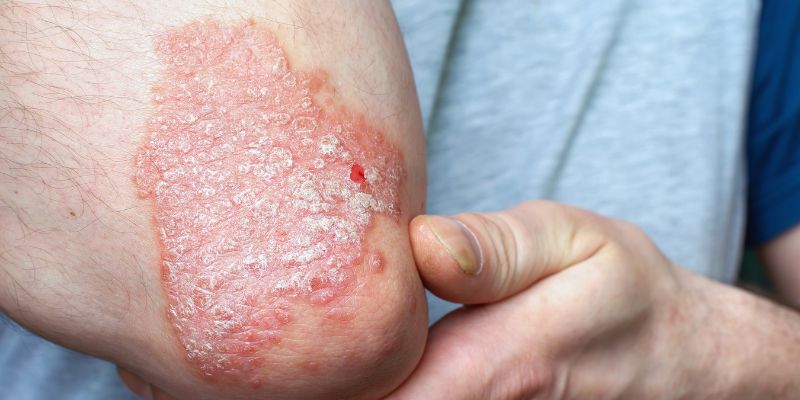
By Isabella Moss/Dec 26, 2024

By Madison Evans/Oct 12, 2024

By Sid Leonard/Nov 10, 2024

By Darnell Malan/Dec 25, 2024

By Mason Garvey/Jan 01, 2025

By Jennifer Redmond/Oct 10, 2024
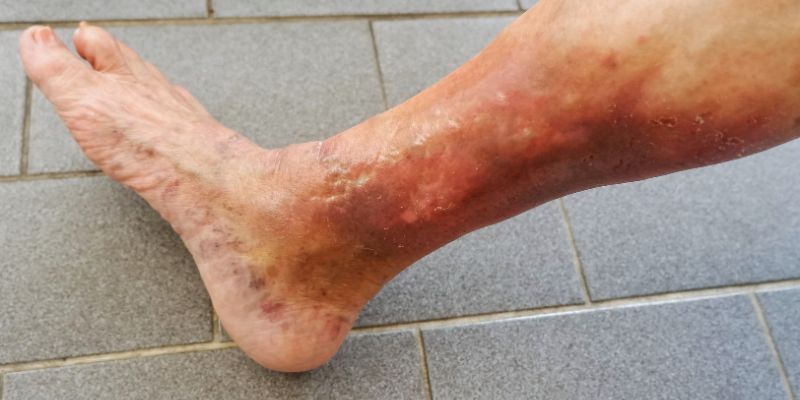
By Martina Wlison/Dec 26, 2024

By Juliana Daniel/Jan 01, 2025

By Susan Kelly/Nov 30, 2024

By Christin Shatzman/Oct 10, 2024
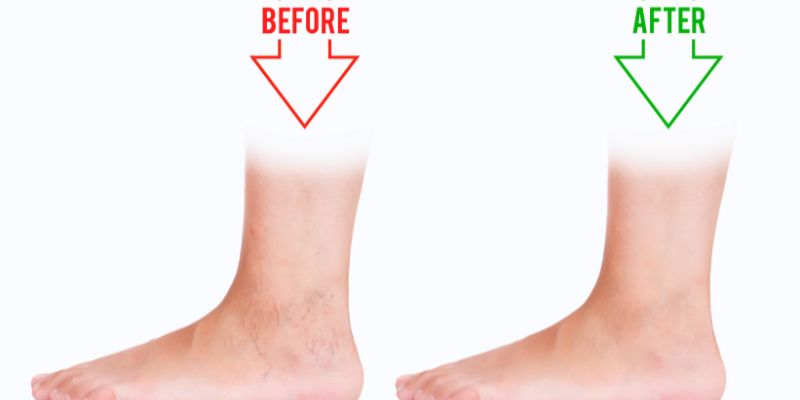
By Kristina Cappetta/Dec 26, 2024

By Christin Shatzman/Oct 14, 2024